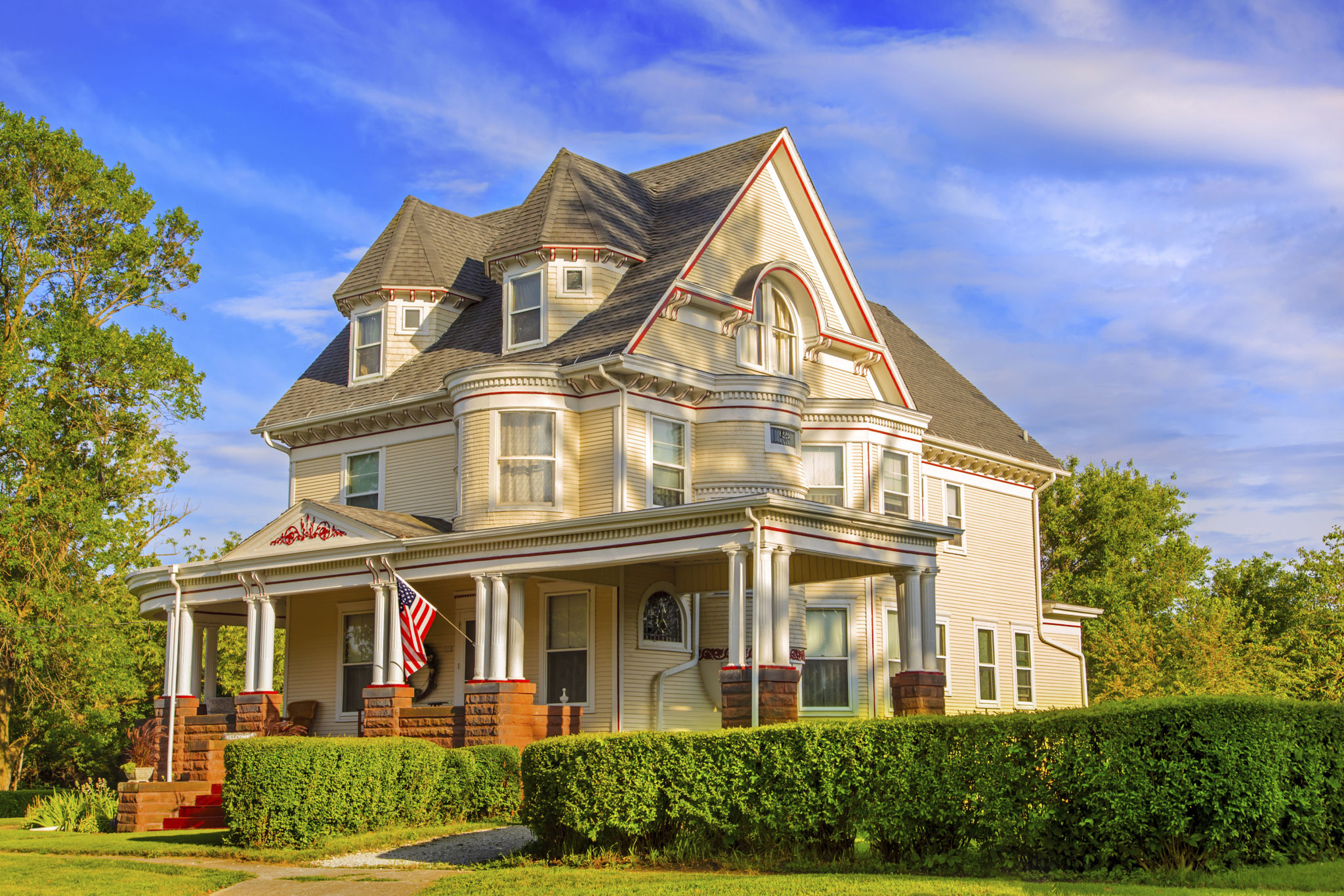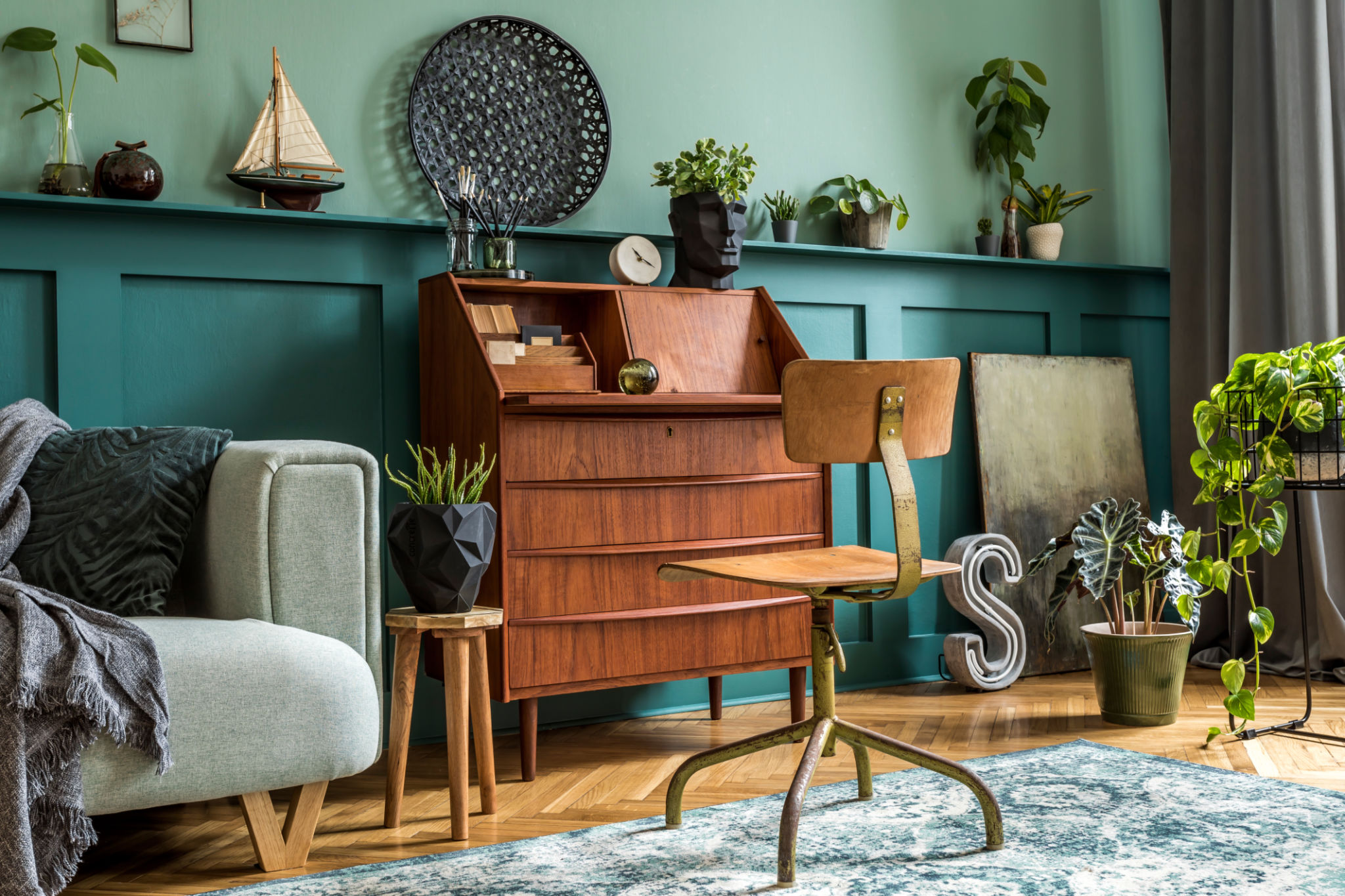Case Study: Transforming a Historic Home with Modern Renovation Techniques
Reviving the Past: A Visionary Approach
Transforming a historic home is more than just a renovation; it's an art form. It requires a delicate balance between preserving the charm of the past and integrating the conveniences of modern life. This case study explores how a century-old home was revitalized using contemporary renovation techniques without compromising its historical integrity.

The project began with a comprehensive assessment of the home's structural and aesthetic features. This included evaluating the original materials, architectural details, and any previous modifications that had been made over the years. Understanding the home's unique characteristics was crucial to maintaining its historical significance while planning for modern upgrades.
Embracing Modern Technology
One of the key aspects of this renovation was incorporating modern technology to enhance energy efficiency and comfort. The installation of smart home systems allowed for seamless control of lighting, climate, and security, all while hidden from view to maintain the home's classic appearance. High-efficiency insulation and windows were also installed to improve energy conservation without altering the home's exterior façade.
The use of sustainable materials was another priority in this renovation. Reclaimed wood and recycled metals ensured that the environmental impact was minimized, while still providing durability and aesthetic appeal. This approach not only aligned with modern green building practices but also resonated with the home's historical ethos.

Preserving Historical Features
Retaining the original charm was a central theme throughout the renovation process. The intricate moldings, vintage fixtures, and hardwood floors were meticulously restored to their former glory. Craftsmen skilled in traditional techniques were employed to ensure that each historical element was preserved with authenticity.
Attention to detail was paramount in every room. The original fireplaces were refurbished to become focal points, and period-appropriate color palettes were chosen to enhance the ambiance of each space. These efforts ensured that the home remained true to its origins while offering modern functionality.

The Outcome: A Harmonious Blend
The result of this transformation was a harmonious blend of past and present. The home now offers modern amenities and energy efficiency while still exuding the timeless elegance of its historical roots. The success of this project lies in its ability to honor the past while embracing the future, setting a standard for similar renovations.
This case study serves as an inspiration for homeowners looking to renovate historic properties. It demonstrates that with careful planning and innovative techniques, it's possible to breathe new life into old structures without losing their intrinsic character.
Considerations for Future Projects
For those embarking on similar renovation journeys, there are several key considerations:
- Conduct thorough research on the home's history and architectural style.
- Engage experienced professionals familiar with both historic preservation and modern building techniques.
- Balance aesthetic restoration with functional upgrades.
- Use sustainable materials wherever possible to minimize environmental impact.
By carefully considering these factors, homeowners can successfully transform historic homes into modern masterpieces that respect their heritage while meeting contemporary living standards.